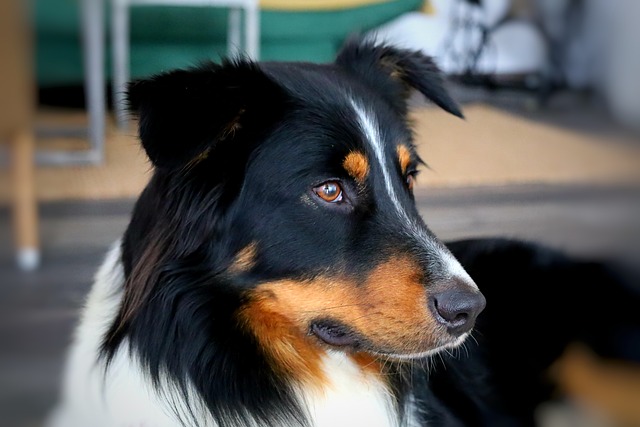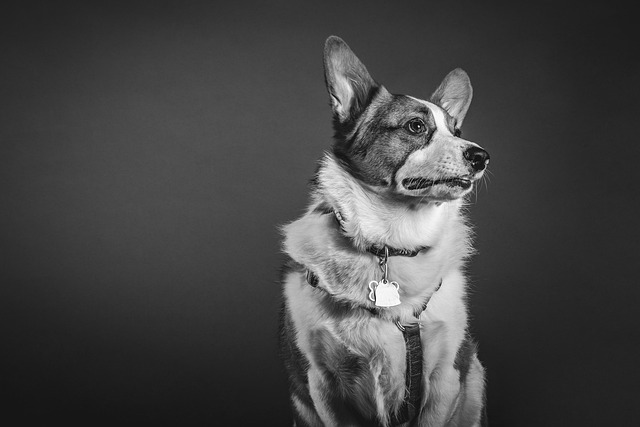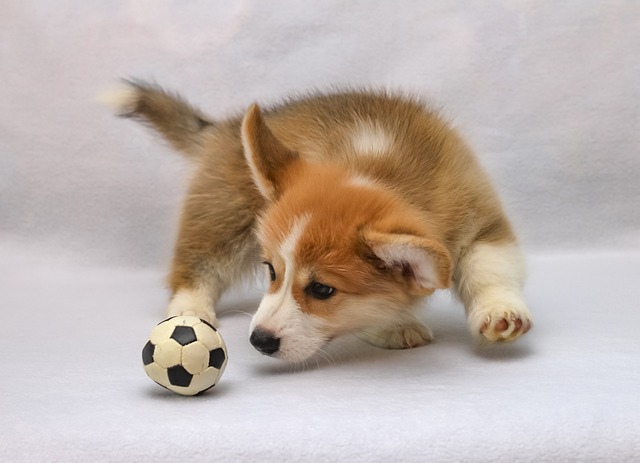
What can I add to my dog’s food for dental health
What can I add to my dog’s food for dental health? If you’re a new dog parent in the US, you’ve probably noticed your pup’s breath getting a little too “doggy” lately
How to treat gingivitis in dogs at home naturally? If you’re a new dog parent in the US, you might’ve noticed your pup wincing when you pet their muzzle, or their gums looking red and swollen instead of pink. That’s likely gingivitis—an inflammation of the gums, often caused by plaque buildup. It’s painful, and if left unchecked, can lead to more serious dental issues. The good news? Gentle, natural remedies can soothe soreness and reduce inflammation, especially in mild cases. Let’s walk through how.
Gingivitis starts when bacteria in plaque irritate the gums, making them tender, red, or even bleed a little when touched. Think of it like a mild sunburn for their mouth—irritation from something that shouldn’t be there. Natural treatments work by calming that inflammation and fighting the bacteria, giving their gums a chance to heal. Veterinarians note that these methods work best alongside preventing more plaque buildup, so it’s a two-step dance: soothe and protect. My cousin’s Dalmatian, Rocky, developed gingivitis after skipping dental care for a few months; with natural remedies and better habits, his gums were back to normal in six weeks.
Start with diluted apple cider vinegar (ACV). Mix one part ACV with three parts water, soak a clean cloth or cotton ball in it, and gently wipe their gums once a day. The acidity fights bacteria without burning—Rocky hated the first wipe, but after a treat, he learned to sit still. Coconut oil is another star: its natural anti-inflammatory properties soothe soreness. Rub a tiny bit (about a teaspoon, depending on size) onto their gums with your finger—most dogs lick it off, but that’s okay; it still works. Add turmeric to their food (a pinch mixed with a little water to make a paste) for its anti-inflammatory superpowers—my neighbor’s Pomeranian, Lulu, gets this sprinkled on her kibble, and her vet says it’s helped reduce redness.

Don’t forget mechanical help: give them raw, crunchy veggies like carrots or celery. Chewing them massages gums and scrapes away new plaque, preventing more irritation. Just make sure they’re cut into small pieces to avoid choking.
Now, tie this to real-world responsibilities. Even with home care, your dog needs current rabies vaccines—every US state requires it, and cities like Boston fine owners who skip this. While tending to their gums, don’t slack on the basics: carry poop bags on walks (fines in Atlanta hit $150 for leaving messes) and keep tags updated.
Culturally, never force these treatments. If your dog pulls away, stop and try again later with a calm voice and a treat afterward. Positive reinforcement—like a small snack after a gentle gum wipe—teaches them it’s not scary. Punishing them for wincing will only make them fear the process, which slows healing.
Living in an apartment? Store your ACV and coconut oil where they can’t reach—no chewed bottles! Stick to quiet treatment times (not 6 a.m.) to avoid disturbing neighbors with fussy whimpers. When walking, use a treat after their morning gum wipe as a reward for “heel”—a happy, calm dog makes community strolls nicer for everyone.
Natural remedies work for mild gingivitis, but if gums bleed a lot, look pus-filled, or your dog stops eating, call the vet—it might need professional care. With consistency, though, these gentle steps can help your pup’s mouth feel better, one soothing wipe at a time.

What can I add to my dog’s food for dental health? If you’re a new dog parent in the US, you’ve probably noticed your pup’s breath getting a little too “doggy” lately

What causes orchitis in dogs? If you’ve noticed your male dog licking his groin more than usual, or seen swelling, redness, or discomfort in that area, it could be orchitis—an inflammation of the testicles.

How to treat gingivitis in dogs at home naturally? If you’re a new dog parent in the US, you might’ve noticed your pup wincing when you pet their muzzle

Do plaque off chews work for dogs? If you’re a new dog parent in the US, you’ve probably stood in the pet aisle, staring at packages labeled “fights plaque” and thought

Watching your pup laze by the window one day and then struggle to stand the next can jolt any new dog parent into panic mode.Kidney failure in dogs often creeps in quietly,making it tricky to spot early—and that's why understanding its roots matters.

What can dogs eat to clean their teeth naturally? If you’re a new dog parent in the US, you’ve probably struggled with the toothbrush battle